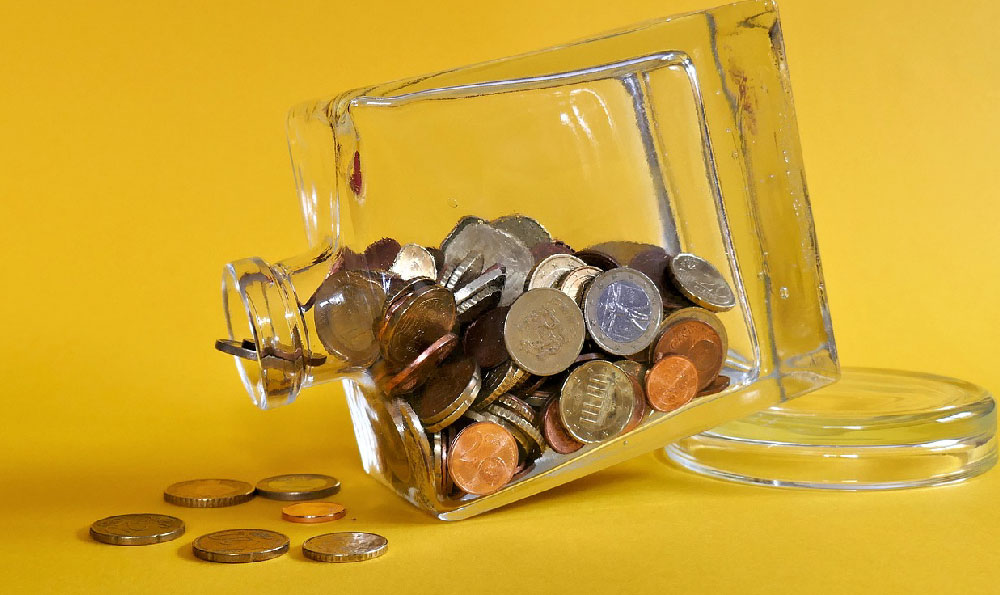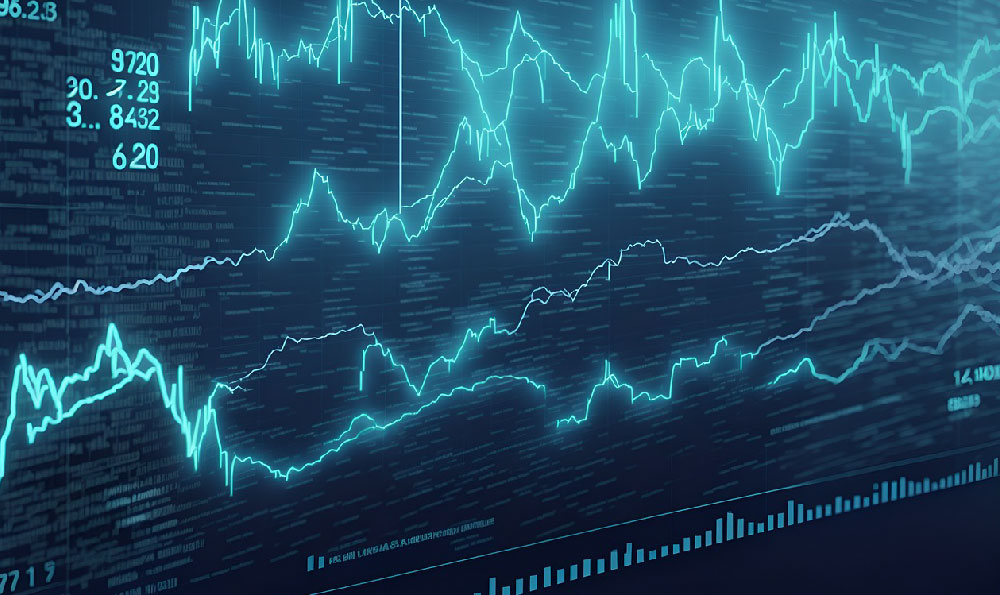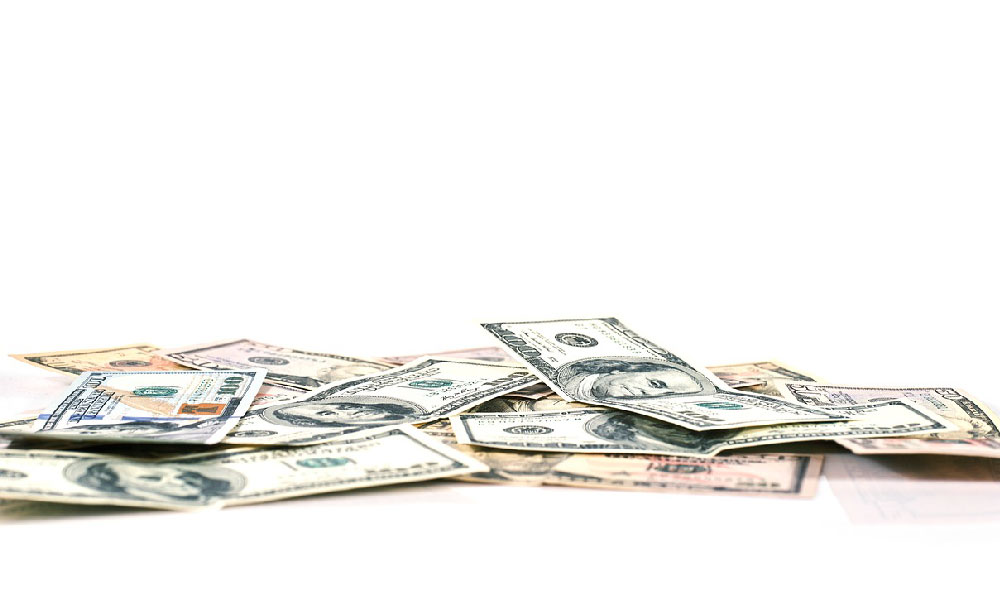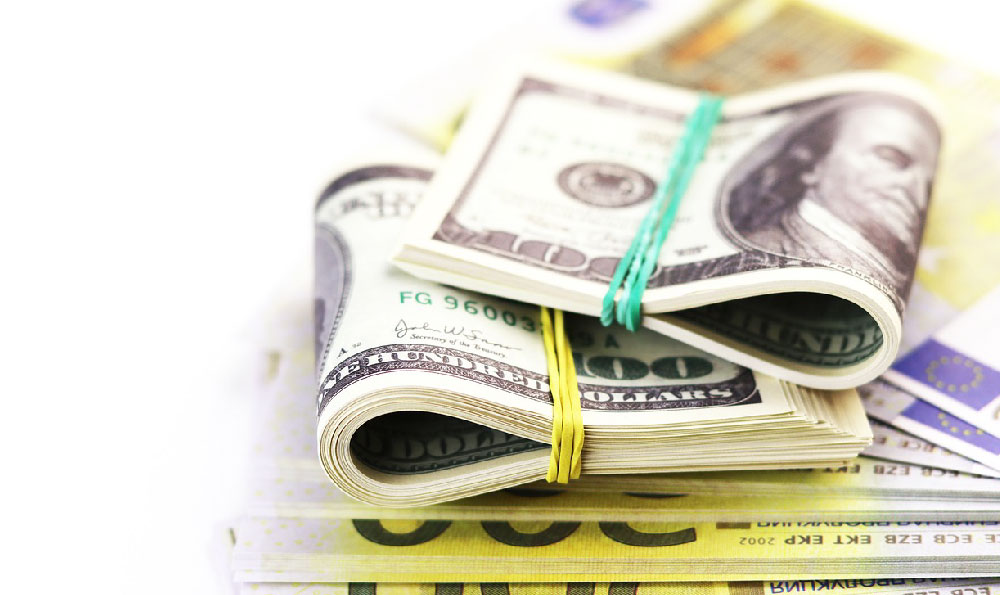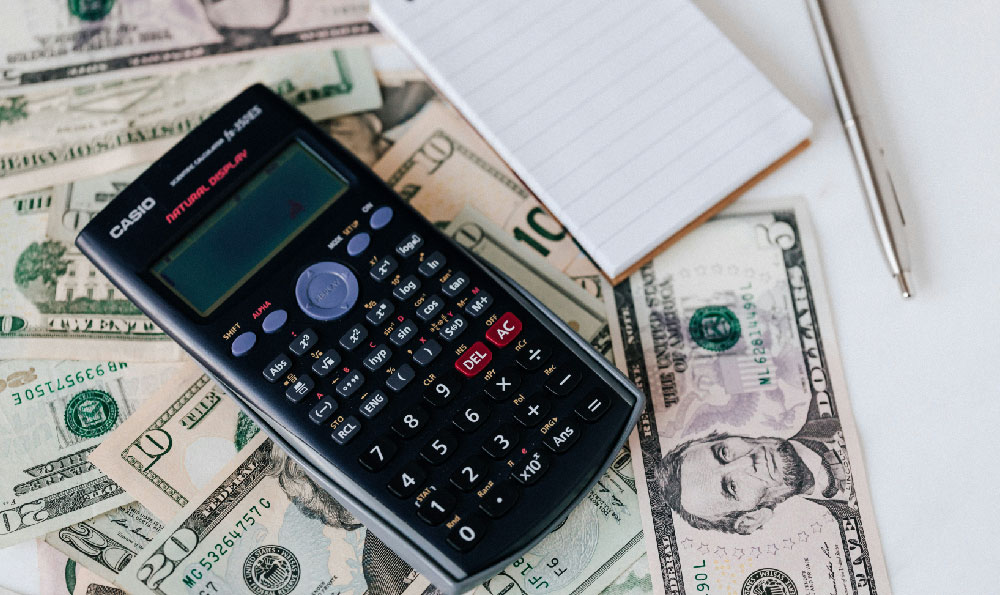Pablo Escobar's wealth remains one of the most staggering, and ethically fraught, financial stories of the 20th century. Accurately quantifying his earnings is a challenge due to the illicit nature of his business and the lack of transparent accounting. However, experts and historians have pieced together evidence from various sources to offer credible estimations of his immense fortune. Understanding how this wealth was measured is equally important, as it reveals the sheer scale of his operation and the impact it had on Colombia and the world.
Estimates of Escobar's peak net worth typically fall between $25 billion and $30 billion US dollars during the late 1980s and early 1990s. This figure is adjusted for inflation and is equivalent to significantly more today. To put this into perspective, Escobar was consistently listed by Forbes magazine as one of the world's richest people, even ranking as high as seventh richest in 1989. This ranking alone is a testament to his extraordinary financial success, albeit built on immense suffering and violence.
The primary source of Escobar's wealth was, of course, cocaine trafficking. His Medellin Cartel controlled an estimated 80% of the cocaine shipped to the United States during its peak. The logistics of this operation were astounding. The cartel had an intricate network of laboratories, transportation routes, and distribution channels. They used planes, boats, and even submarines to move massive quantities of cocaine from Colombia to North America. The sheer volume of cocaine moved translated directly into enormous profits.

Measuring this wealth involved a combination of methods. Law enforcement agencies meticulously tracked known drug shipments and seizures, extrapolating overall volumes based on these figures. Informants within the cartel provided valuable insights into production costs, wholesale prices, and transportation expenses. Banking records, despite the cartel's efforts to launder money, offered glimpses into the scale of their financial transactions. Forensic accountants played a crucial role in tracing the flow of money through shell corporations and offshore accounts.
One of the most telling indicators of Escobar's wealth was the sheer amount of money he had to write off annually. According to various sources, he supposedly wrote off an estimated $2.1 billion each year due to spoilage, damage, or being lost. This staggering figure, more than the GDP of some small nations, highlights the inefficiencies inherent in managing such a vast and illegal enterprise. The fact that he could absorb such significant losses without significantly impacting his overall wealth speaks volumes about the scale of his operation.
Furthermore, Escobar's extravagant lifestyle and investments provided additional clues to his immense wealth. He built opulent estates, including Hacienda Nápoles, a sprawling ranch complete with a private zoo, swimming pools, and a collection of exotic cars. He lavished money on his family and community, building hospitals, schools, and housing for the poor in Medellin. These philanthropic activities, while arguably motivated by a desire to curry favor and maintain local support, also served to publicly display his financial power.
Another method used to gauge Escobar’s wealth involved analyzing the assets seized by law enforcement and rival cartels after his death. The vast network of properties, vehicles, and cash hoards that were recovered offered a glimpse into the extent of his financial empire. While not all of his assets were ever located, the sheer volume of recovered wealth underscored the magnitude of his criminal enterprise.
It's important to remember that estimates of Escobar's wealth are inherently imprecise due to the clandestine nature of his business. Unlike legitimate businesses that publicly report their earnings, the Medellin Cartel operated in the shadows, actively concealing its financial activities from authorities. Therefore, any figure presented is an approximation based on the available evidence and expert analysis. However, the consistent agreement among various sources, including law enforcement, historians, and financial analysts, regarding the order of magnitude of his wealth lends credibility to the estimates.
Beyond simply quantifying the numbers, understanding how Escobar's wealth was measured offers insights into the dynamics of the drug trade and its impact on the global economy. It highlights the challenges faced by law enforcement in combating financial crime and the importance of international cooperation in tracking and seizing illicit assets. It also serves as a cautionary tale about the corrupting influence of money and the devastating consequences of unchecked power. The story of Pablo Escobar’s wealth, while fascinating, is ultimately a stark reminder of the human cost of the drug trade and the ethical compromises made in the pursuit of unimaginable riches. The attempts to accurately measure that wealth are a crucial part of understanding the full scope of his impact.



